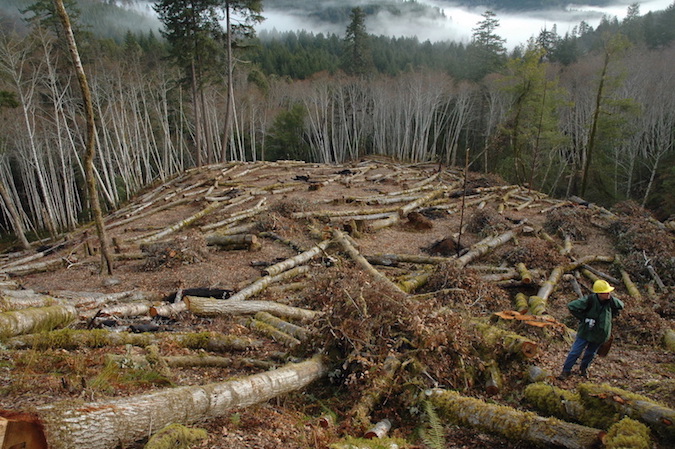Resiliency or restoration: management of sudden oak death before and after outbreak
Abstract
Forests at risk to diseases caused by invasive Phytophthora pathogens can be grouped into two broad classes: those already invaded by the focal pathogen where disease has emerged or those at significant risk of invasion and subsequent emergence of disease. This dichotomy represents distinct management scenarios – treating after or before disease emerges – with a set of epidemiological, ecological, and practical management characteristics that determine optimal actions and associated costs. Here we present the initial outcomes from two management experiments aimed at restoring forest structure or protecting against changes to forest structure following invasion of Phytophthora ramorum, the cause of sudden oak death (SOD). We conducted a stand-level restoration experiment on Mount Tamalpais (Marin County, CA) at three sites where the disease has killed most overstory tanoak and dramatically increased understory vegetation density and fuels. A separate experiment in an uninvaded, at risk forest was conducted near Lacks Creek, in Humboldt County. This treatment is an attempt to increase forest resiliency to catastrophic loss of tanoak, increased fuels associated with tree mortality, and densification of the understory that are expected to accompany disease in these stands within the coming decade. Restoration experiments employed two types of mastication of understory vegetation and hand-crew thinning with pile burning; resiliency experiments employed hand crews. Treatments were compared to a set of reference conditions representing overly dense stands where intervention is needed and extensively managed stands that serve as management targets. Both restoration and resiliency treatments greatly reduced density of key sporulation supporting hosts with modest-to-minimal effects on stand basal area. Prior land use, especially past harvesting, was a primary factor determining treatment costs and potential disease impacts in treated vs untreated stands. Although both restoration and resiliency management strategies are likely to reduce disease impacts, treatment costs vary substantially and will greatly influence when and where each approach is optimal.Downloads
Published
2017-10-04
Issue
Section
Articles

